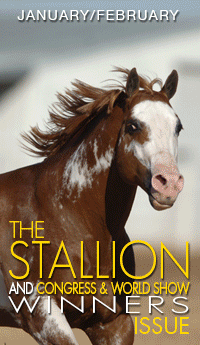Chincoteague Show Pony Steams Back to Health
August 19, 2020 Comments Off on Chincoteague Show Pony Steams Back to Health
The mention of Marguerite Henry’s Misty of Chincoteague novels beams many equestrians back to their childhood dreams. As the protagonists of the 1950s tales, these hearty, feral ponies roamed Virginia and Maryland’s Assateague Island before going onto adventures with adoring young owners on the mainland.
Continue reading …Equine Science Center Fall 2020 Webinar Series
August 18, 2020 Comments Off on Equine Science Center Fall 2020 Webinar Series
NEW BRUNSWICK, NJ – The Equine Science Center is excited to announce its “Fall 2020 Webinar Series” which started on August 13th, 2020. Every other Thursday until the the first week of November, the Equine Science Center will host a series of webinars on various equine related topics. Presentations will be given by Rutgers University Extension […]
Continue reading …Study Links Bone Loss to Proximal Sesamoid Bone Fractures
August 17, 2020 Comments Off on Study Links Bone Loss to Proximal Sesamoid Bone Fractures
Other repetitive overuse injuries in horses are known to be bilateral in nature, meaning that they are similar on both sides of the horse, with the more severely affected limb usually incurring the fracture. With this in mind, the study looked at both the fractured PSB and the intact PSB from the opposing limb of the same horse for all of the cases. The researchers hypothesized that horses with PSB fractures would also show evidence of stress in the PSB of the opposite limb and that the bone that sustained the break would show more severe changes than the intact bone.
Continue reading …Cryopreservation of Equine Stem Cells for Cartilage Repair
August 16, 2020 Comments Off on Cryopreservation of Equine Stem Cells for Cartilage Repair
Cryopreservation is the next exciting stage of research in stem cell therapy. Dr. Thomas Koch and his team are working to preserve cartilage chips for long-term storage, which would enable off-the-shelf use to treat localized cartilage defects. Defects that very often shorten or end horses athletic careers.
Continue reading …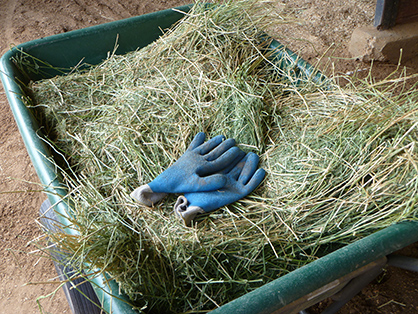
As the source of 50 to 90 percent of a normal, healthy horse’s nutritional needs, hay warrants careful consideration. Yet, there is a lot of confusion over what, exactly, defines “good” hay. Nutrient content and cleanliness are distinct traits often presumptively and wrongly lumped together.
Continue reading …New Hope for Rare Breeds as Healthy Foal is Born From Sexed Semen
August 12, 2020 Comments Off on New Hope for Rare Breeds as Healthy Foal is Born From Sexed Semen
“To be able to use our reproduction expertise in this way, to help preserve an irreplaceable part of our magnificent heavy horse heritage is something we have been working towards for many years,” said Tullis. “The challenges have been great and many but watching the birth of this beautiful, healthy filly foal was a truly magical experience.”
Continue reading …Handling 4 of the Most Common Summer Horse Hazards
July 28, 2020 Comments Off on Handling 4 of the Most Common Summer Horse Hazards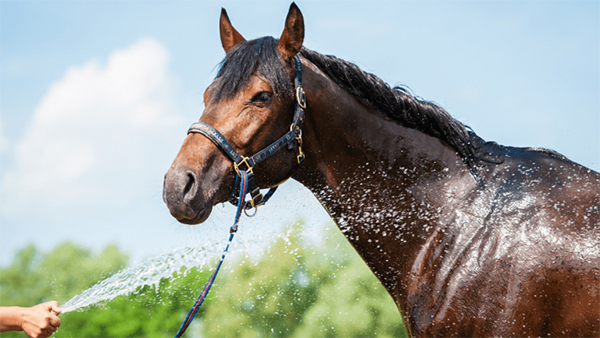
Let the horse drink its fill of cool water. Contrary to popular belief, allowing a hot horse to drink cold water will not cause colic and muscle cramping.
Continue reading …New University Study Shows Next-Generation SmartStride Ultra Supports Joint Health
July 23, 2020 Comments Off on New University Study Shows Next-Generation SmartStride Ultra Supports Joint Health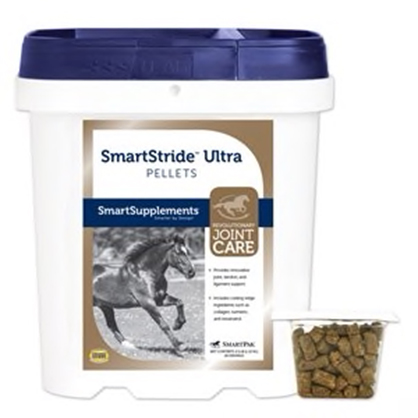
The purpose of the research was to evaluate the effect of SmartStride Ultra pellets on gait mechanics – including stride length and range of motion – as well as on markers of inflammation and cartilage metabolism in mature horses undergoing light to moderate exercise.
Continue reading …BEMER Joins All American QH Congress as Official Sponsor
July 22, 2020 Comments Off on BEMER Joins All American QH Congress as Official Sponsor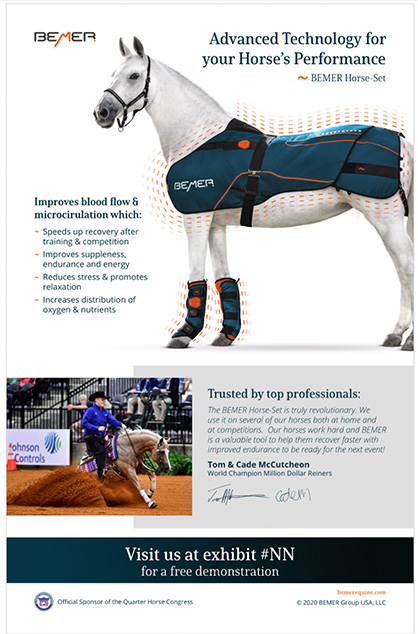
“The AQHA Congress is such a spectacular event. Nowhere else in the country can you interact with top-level athletes of varying ages and disciplines like you can here. BEMER is proud to support the AQHA Congress as an Official Sponsor, and we look forward to meeting all of the competitors in attendance and showing them how our BEMER Horse-Set can bring out the best in their equine partners. We are also so excited for the chance to watch our ambassadors, Tom and Cade McCutcheon, compete in person!”
Continue reading …Equine PET Scanner Making Big Strides
July 19, 2020 Comments Off on Equine PET Scanner Making Big Strides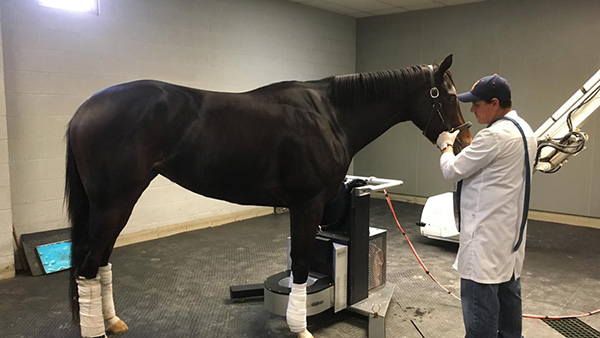
The equine Positron Emission Tomography (PET) scanner pioneered by the UC Davis School of Veterinary Medicine, in collaboration with LONGMILE Veterinary Imaging, is now in heavy use at Santa Anita Park in Southern California. In just over six months since the installation in December 2019, with the financial support from the Stronach Group, more than 100 scans have been performed with the “MILEPET” (Molecular Imaging of Limbs in Equids), the PET scanner specifically designed to acquire images on horses without the need to lay them down.
Continue reading …






